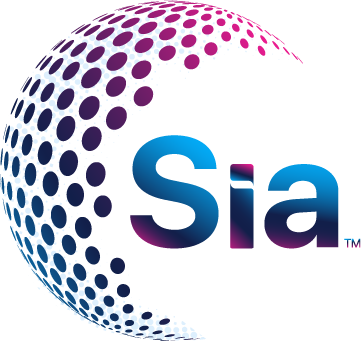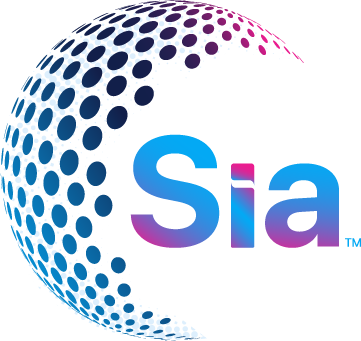Redefining Higher Education: Campus to Career Guide

Redefining Higher Education: Campus to Career Guide

In the dynamic landscape of higher education, the journey from campus to career has undergone a profound transformation. Today’s students are navigating through a myriad of opportunities and challenges, seeking to redefine the traditional notions of college education. With the advent of technology, globalization, and changing market demands, the pathway to success requires a holistic approach that transcends the boundaries of the classroom. Let’s embark on a journey to explore how higher education is adapting to meet the needs of modern-day students, equipping them with the skills and knowledge to thrive in a rapidly evolving world.
How is the Higher Education Paradigm Shifting?
In the past, higher education was often synonymous with a traditional four-year degree program, primarily focused on academic pursuits. However, today’s landscape emphasizes a more flexible and inclusive approach, accommodating diverse learning styles and career aspirations. Institutions are embracing interdisciplinary studies, experiential learning, and lifelong education to provide students with a well-rounded educational experience tailored to their individual needs.
How can we adapt to changing student demographics?
As the demographic profile of students continues to evolve, universities are proactively addressing the needs of a diverse student body. From adult learners returning to school to first-generation college students, institutions are implementing support programs and resources to ensure equitable access to higher education. By embracing diversity and inclusion, universities foster a vibrant learning community that celebrates the unique perspectives and experiences of every student.
Innovations in Pedagogy and Curriculum
Gone are the days of passive learning and lecture-based instruction. Today, educators are leveraging innovative pedagogical approaches such as project-based learning, flipped classrooms, and competency-based education to engage students actively in the learning process. By integrating real-world applications and practical skills into the curriculum, universities are equipping students with the critical thinking, problem-solving, and communication skills essential for success in the workforce.
Embracing Technology in Learning
Technology has revolutionized the way we teach and learn, transcending the constraints of time and space. Online learning platforms, virtual reality simulations, and adaptive learning software are reshaping the educational landscape, offering students flexible and personalized learning experiences. From remote lectures to interactive multimedia resources, technology enables universities to reach a broader audience and cater to the diverse needs of today’s learners.
Preparing Students for the Global Market
In an increasingly interconnected world, global competence is a prerequisite for success in the 21st-century workforce. Universities are expanding their international programs, study abroad opportunities, and cross-cultural exchanges to cultivate global citizenship among students. By immersing students in diverse cultural contexts and fostering intercultural communication skills, institutions prepare graduates to thrive in a multicultural and interconnected global market.
Exploring Career Pathways
Gone are the days when a college degree guaranteed a job upon graduation. Today’s students face a competitive job market and evolving career landscape, requiring them to be proactive and adaptable in pursuing their career goals. Universities are expanding career services, internships, and co-op programs to provide students with hands-on experience and industry connections. By empowering students to explore diverse career pathways and develop transferable skills, institutions prepare them for success in a dynamic and unpredictable job market.
Fostering Industry Partnerships
Collaboration between academia and industry is essential for bridging the gap between classroom learning and real-world applications. Universities are forging strategic partnerships with businesses, startups, and industry leaders to offer students opportunities for experiential learning, research collaborations, and mentorship programs. By aligning curriculum with industry needs and trends, institutions ensure that graduates are well-equipped to meet the demands of the workforce and drive innovation in their respective fields.
Supporting Student Well-being
The holistic development of students encompasses not only academic success but also their physical, emotional, and mental well-being. Universities are expanding support services, counseling resources, and wellness programs to address the diverse needs of students and promote a culture of health and resilience. By prioritizing student well-being, institutions create an inclusive and supportive campus environment where students can thrive personally and academically.
Addressing Financial Accessibility
Access to higher education should not be limited by financial constraints. Universities are implementing financial aid programs, scholarships, and tuition assistance initiatives to ensure that all students have equal opportunities to pursue their educational aspirations. By addressing affordability barriers and reducing financial burdens, institutions empower students to focus on their academic and personal growth without the worry of financial hardship.
Measuring Success Beyond Graduation
The success of higher education institutions should be measured not only by graduation rates but also by the long-term outcomes and impact on students’ lives. Universities are expanding their metrics for success to include measures such as alumni career advancement, community engagement, and societal contributions. By tracking graduates’ achievements and feedback, institutions continuously evaluate and improve their programs to better serve the needs of current and future students.
Empowering Students for a Brighter Future
In conclusion, the journey from campus to career is no longer a linear path but rather a dynamic and multifaceted experience shaped by innovation, collaboration, and adaptability. As higher education continues to evolve, institutions must embrace the changing needs of students and the demands of the global market. By fostering a culture of lifelong learning, innovation, and inclusivity, universities empower students to navigate the complexities of the modern world and embark on fulfilling and impactful careers.





